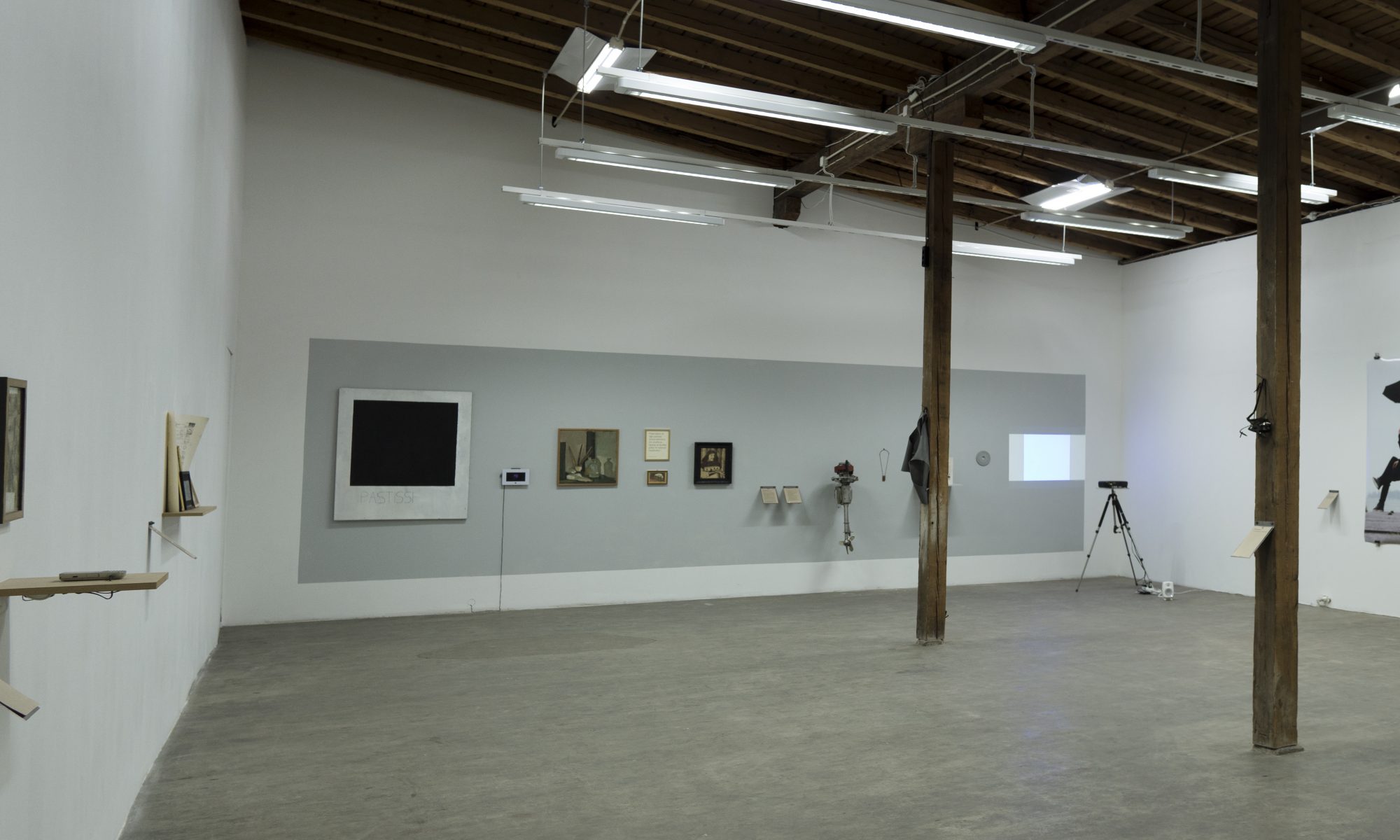Evaluating Knowledge = Evaluating Art? (2018) Tom Holert. A convincing text underling problems of “artistic knowledge production”. The main argument seem is that in the university research context, art confines itself in neoliberal economical university politics: To produce bite-size knowledge is to serve the information society (which is rooted on exploitation).
The reluctance to admit the measurability of art as an ideological construction has become one of the last stands in the opposition against universal quantification. Or so it seems.
Yet this posture needs to be understood in view of the pervasive use of measuring and evaluative technologies in the lives of people enthralled by social media and their built-in logic of repeatedly capturing data in the guise of voluntary (self-)assessments. [Facebook, twitter etc.]
As the legal scholar Antoinette Rouvroy puts it: “Knowledge is not produced about the world anymore, but from the digital world. A kind of knowledge that is not tested-by nor testing the world it describes and emanates from: algorithmic reality is formed inside the digital reality without any direct contact with the world it is aimed at representing.”
Knowledge has long ceased to be a potential medium of scrutiny and criticality with regard to the sphere of political economy, transmuted into post-critical knowledge, that is the very type of knowledge that is framed in terms of political economy: the conceptual manipulation that underlies the policy language of “knowledge-based economies.”
[…] a critique of contemporary notions of knowledge should accompany the kind of institutional and infrastructural critique necessary to prevent artistic research (or any post-Conceptualist art practice for that matter) from ending up serving as yet just another arm of the neoliberal research university. Such critique would consist of turning those very means of designing and destabilizing knowledge professed by artists and other visual practitioners into a valuable political instrument for confronting the regimes of quantifying evaluation and measurement, and their in-built exclusionary mechanisms, in many ways linked to (neo)colonial rule.
The text introduces “infrastructural critique” as an extension of “institutional critique”. Infrastructural critique is defined in Marina Vishmidts’ Beneath the Atelier, the Desert: Critique, Institutional and Infrastructural (2017). She identifies that (artists driven) institutional critique primarily supports status quo, because discussions vitalise institutions and justify their existence (as platforms for “discussion”). She refers to Pilvi Takala’s The Trainee (2008)!
“Infrastructure,” like “institution,” is used here in a rather flexible way but chiefly to signal a view of the art institution as a site of resources—material and symbolic—and that calls for an opportunist deployment for the sake of furthering all sorts of projects rather than the loyal criticism attendant on “institutional critique” in its more canonized, and thus more habitual, forms. In this light, the construction of institutions may be, at the same time, a practice of institutional and infrastructural critique, depending on whether the institution is mainly intended to critically reassess or renew working conditions and visibility in the space of art, or has other ambitions.
When the institution of critique simply (or flatly) becomes coextensive with the institution of art, a Kantian echo chamber of world-historical proportions has truly opened up, possibly designed by architect Frank Gehry. A move to infrastructural critique represents an attempt to mediate some of the closures of this position both discursively and pragmatically, with infrastructure focusing the link between the material and ideological conditions of the institution of art in a way that de-centers rather than affirms it.

